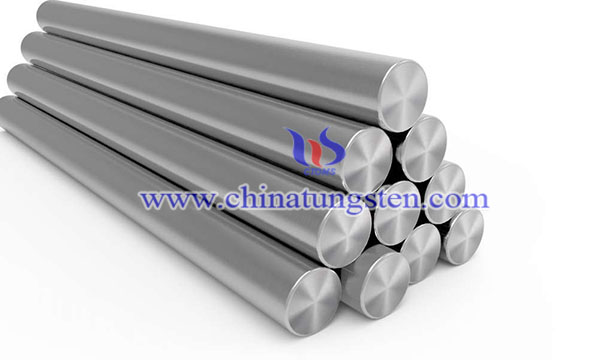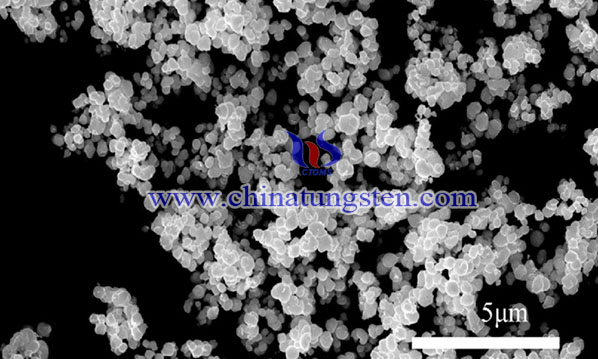Strengthened Tungsten Alloy Prepared by Ammonium Metatungstate
- Details
- Category: Tungsten Information
- Published on Tuesday, 24 August 2021 13:39
Tungsten (W) alloy are widely applied in many engineering applications including radiation shields, counterweight balance, electrical contacts, damping devices, and kinetic energy penetrators. The wide applications benefit from its high melting point, good thermal stability, high strength, and high radiation absorption capacity. However, tungsten alloy suffers from low temperature brittleness and unexpected growth characteristics in recrystallization.
Dispersion strengthening had been proved to be a reliable technique to enhance the physical properties of tungsten materials. Mechanical alloying or wet chemistry method are the most conventional routes to conduct the dispersion on tungsten alloys. Zirconium boride (ZrB2), a typical boride-based ceramic, is an important member of the ultra-high temperature ceramics family. ZrB2 has very high hardness and melting point.

In order to solve the brittleness of grain boundaries and improve the efficiency of preparation, ZrB2 has been dispersed on tungsten to enhance its physical properties. A strengthened tungsten alloy has been prepared by using ammonium metatungstate as raw material, the highest strength was increased by 300% and the highest hardness was increased by 88%. The synthesis of a serious W-ZrB2 composites is as below:

W-0.2 ZrB2: Put 27.6 g Ammonium metatungstate ((NH4)6W7O24·6H2O, AMT), 1 g PVP and 0.04 g ZrB2 (average diameter of 100 nm; purity>99%) into 100 ml deionized water, add ammonia to a PH of 12. Stirred for 20 min. and dispersed by ultrasonic device for 1 h. Then the solution was injected into liquid nitrogen. The frozen precursor was dried for about 10 h at 298Kand 1 Pa vacuum degree. After drying, frozen precursor was calcined in an electrical oven under 823 K for 2 h in order to decompose PVP. Powders were converted to tungsten powder under H2 atmosphere (0.6 L/min) at 873Kfor 2 h and 1073 K for 2 h. The reduced powders (20 g) were subjected to SPS sintering at 1873 K and 50 MPa for 1 min. The heating rate was 423 K /min from room temperature to 973 K, then it was decreased to 353 K/min at the range of 973 K to 1473 K, then was increased to 423 K/min till 1873 K.
W-0.5/1.0 ZrB2: In addition to the ZrB2 amount added to increase to 0.1 g/0.2 g, other steps were consistent with the above. The shape of all as-sintered tungsten alloys was cylindrical and its diameter was 20 mm.
In summary, A strengthened tungsten alloy has been prepared by using ammonium metatungstate as raw material, the highest strength was increased by 300% and the highest hardness was increased by 88%. The sintered alloys showed a homogeneous distribution of particles both in grain interiors and grain boundary. The bending strength of W-1.0% ZrB2 was 1279 MPa, which was significantly higher than 312.6 MPa of pure tungsten. More importantly, all the fracture morphology of W-ZrB2 alloys presented complete transcrystalline fracture. Compared with almost complete intergranular fracture in pure tungsten and incomplete transgranular fracture in traditional dispersion reinforced tungsten alloys (W-TiC, W-Y2O3), it was proved that the original fragile tungsten grain boundaries had been greatly strengthened in W-ZrB2 alloys.
- AMT Manufacturer & Supplier, Chinatungsten Online: ammonium-metatungstate.com
- Tungsten News & Prices of China Tungsten Industry Association: www.ctia.com.cn
- Molybdenum News & Price: news.molybdenum.com.cn
- Tel.: 86 592 5129696; Fax: 86 592 5129797; Email: sales@chinatungsten.com



 sales@chinatungsten.com
sales@chinatungsten.com